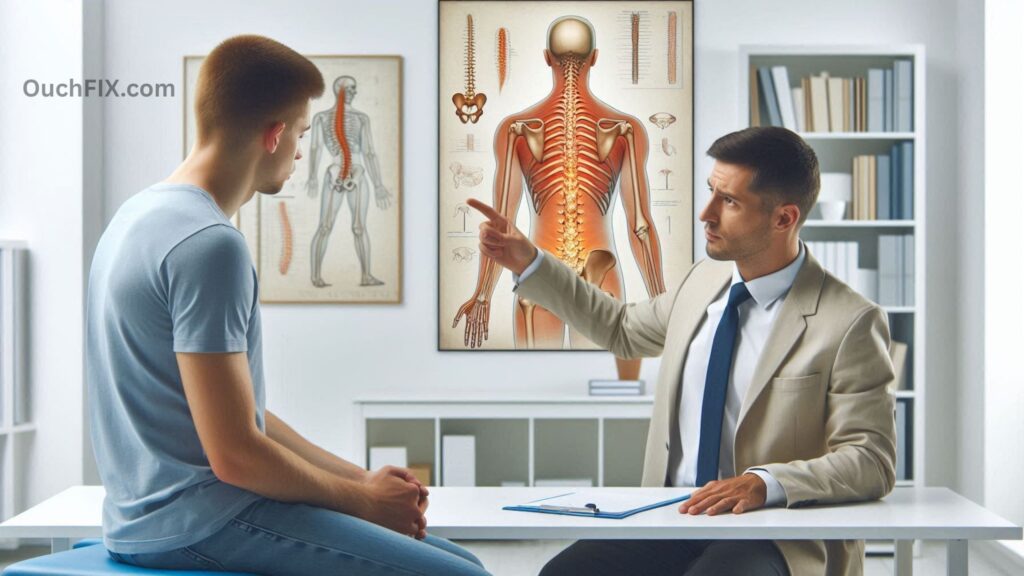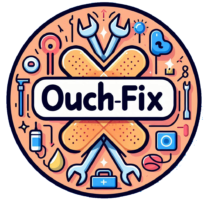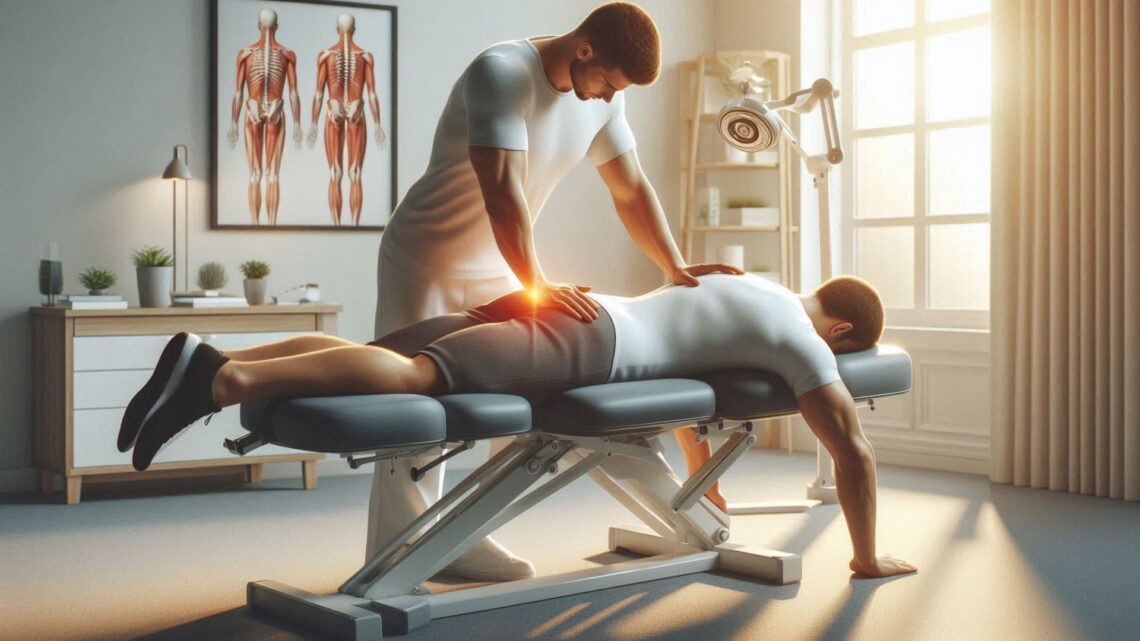Lower back pain is one of the most common health complaints of our time. If you’ve ever experienced it, you know how disruptive it can be—making it difficult to sit, sleep, exercise, or even enjoy daily activities. According to the American Chiropractic Association, nearly 80% of adults will experience lower back pain at some point in their lives, and more than 85% of those cases require professional treatment.
While some people turn to medications or even surgery, more and more patients are seeking chiropractic care—a natural, drug-free, and non-invasive approach to pain relief. Chiropractors focus on treating the musculoskeletal system, especially the spine, to restore alignment, reduce nerve irritation, and promote the body’s ability to heal itself.
This article explores how chiropractors effectively treat lower back pain, what you can expect during your first visit, and whether chiropractic care might be the right choice for you.
What Causes Lower Back Pain?
Lower back pain doesn’t have a single cause—it can result from lifestyle habits, injuries, or even underlying health conditions. Some of the most common causes include:

- Muscle strains or ligament sprains – Often caused by lifting heavy objects improperly, sudden movements, or overuse.
- Poor posture – Long hours of sitting at a desk, slouching, or hunching over devices can stress the spine.
- Repetitive movements – Jobs or sports involving twisting, bending, or lifting can cause gradual wear and tear.
- Injuries and accidents – Falls, car crashes, and sports injuries may lead to acute or chronic pain.
- Degenerative conditions – Issues like herniated discs, arthritis, and spinal stenosis can contribute to persistent pain.
- Lifestyle factors – Sedentary behavior, obesity, and even constant vibrations from driving can increase risk.
Sometimes, lower back pain may even be referred pain—pain that originates in another area (like the kidneys or hips) but is felt in the back.
How Chiropractic Care Helps with Lower Back Pain
Chiropractors specialize in non-surgical treatments for spinal and musculoskeletal conditions. The cornerstone of their approach is spinal manipulation (chiropractic adjustment), where gentle, controlled force is applied to specific joints to restore proper alignment and function.
Here’s how chiropractic care can help:
- Relieves Pain Naturally
Adjustments can ease both acute (sudden) and chronic (long-term) back pain without relying on painkillers. - Restores Range of Motion
Misalignments restrict movement. By correcting them, chiropractors help you move more freely. - Improves Spinal Function
Proper alignment allows the spine to function the way it’s designed, reducing wear and strain. - Reduces Nerve Irritation
Conditions like sciatica often involve pinched nerves. Chiropractic adjustments relieve pressure, reducing radiating pain. - Decreases Muscle Tension
By addressing misalignments, chiropractic care reduces muscle spasms and promotes relaxation. - Supports Overall Wellness
Many patients report better sleep, improved posture, and reduced headaches after chiropractic treatment.
👉 Fun Fact: A study published in the Journal of the American Medical Association (JAMA) found that spinal manipulation was associated with moderate improvements in pain and function for patients with acute low back pain.

Also Read: What are the Latest Expert‑Approved Methods for Injury Recovery?
Conditions Chiropractors Treat
Chiropractic care isn’t just for general back pain—it can address a variety of musculoskeletal issues, such as:

- Disc herniation
- Piriformis syndrome
- Back strains or sprains
- Lumbar spondylosis
- Scoliosis
- Degenerative disc disease
- Sciatica
- Facet joint dysfunction
These conditions often share overlapping symptoms, and chiropractors use thorough assessments to identify the root cause before tailoring a treatment plan.
What Does Chiropractic Care Do for Lower Back Pain?
At its core, chiropractic care:
- Corrects spinal misalignments that stress muscles, nerves, and joints.
- Encourages natural healing by reducing inflammation and restoring blood flow.
- Reduces dependence on medication, which can have side effects when used long-term.
- Works well in combination with physical therapy, stretching, and lifestyle changes.
For example, a patient with sciatica (radiating pain down the leg) may benefit from adjustments to relieve nerve compression, along with stretching exercises to strengthen supporting muscles.
When Should You See a Chiropractor for Lower Back Pain?
Not all back pain requires immediate medical attention, but you should consider visiting a chiropractor if you experience:

- Limited range of motion in your spine
- Pain following an injury, accident, or repetitive strain
- Pinched nerve symptoms (numbness, tingling, or sharp shooting pain)
- Pain that worsens with sitting, standing, or movement
- Lack of relief from medication or physical therapy
⚠️ Important Note: If your back pain is accompanied by fever, unexplained weight loss, or loss of bladder/bowel control, seek emergency medical care.
Also Read: How do Experts Suggest Managing Chronic Pain Naturally?

What to Expect on Your First Visit to a Chiropractor
Your first chiropractic appointment is similar to visiting any healthcare provider. Here’s the step-by-step process:
- Initial Consultation
You’ll discuss your symptoms, lifestyle, and what worsens or relieves your pain. - Medical History Review
Be prepared to share past conditions (like arthritis, osteoporosis, or injuries). - Physical Examination
The chiropractor will check your posture, gait, reflexes, and spinal movement. - Diagnostic Tests (if needed)
X-rays, MRIs, or other imaging may be recommended for a clearer diagnosis. - Diagnosis & Treatment Plan
Your chiropractor will explain the underlying cause of your pain and outline a personalized care plan. - Treatment Begins
You may receive your first adjustment during this visit, along with guidance on stretches, lifestyle changes, or ergonomic advice. - Follow-Up Visits
Many patients benefit from a series of adjustments, spaced weekly or biweekly, depending on the condition.

Real-World Case Example
Imagine Sarah, a 38-year-old office worker who spends 8+ hours at a desk daily. She developed chronic lower back pain and sciatica that medications couldn’t relieve. After a chiropractor diagnosed misalignment in her lumbar spine, Sarah underwent 6 weeks of spinal adjustments combined with posture training. Within two months, her pain decreased by 70%, and she regained her mobility without relying on painkillers.
FAQs About Chiropractic Care for Lower Back Pain
Q1. Is chiropractic care safe for lower back pain?
Yes. When performed by a licensed chiropractor, spinal adjustments are considered safe and effective.
Q2. How many chiropractic sessions do I need for back pain?
It depends on the severity of your condition. Some patients feel relief after 1–2 visits, while others need a series of 6–12 sessions.
Q3. Can chiropractic care replace surgery?
For many patients, chiropractic care helps avoid or delay surgery by addressing the root cause of pain. However, severe cases may still require surgical intervention.
Q4. Do chiropractic adjustments hurt?
Most patients experience mild pressure or popping sounds, but the process is typically painless and often brings immediate relief.
Q5. Does insurance cover chiropractic care?
Many health insurance plans cover chiropractic treatment. It’s best to check with your provider for details.






